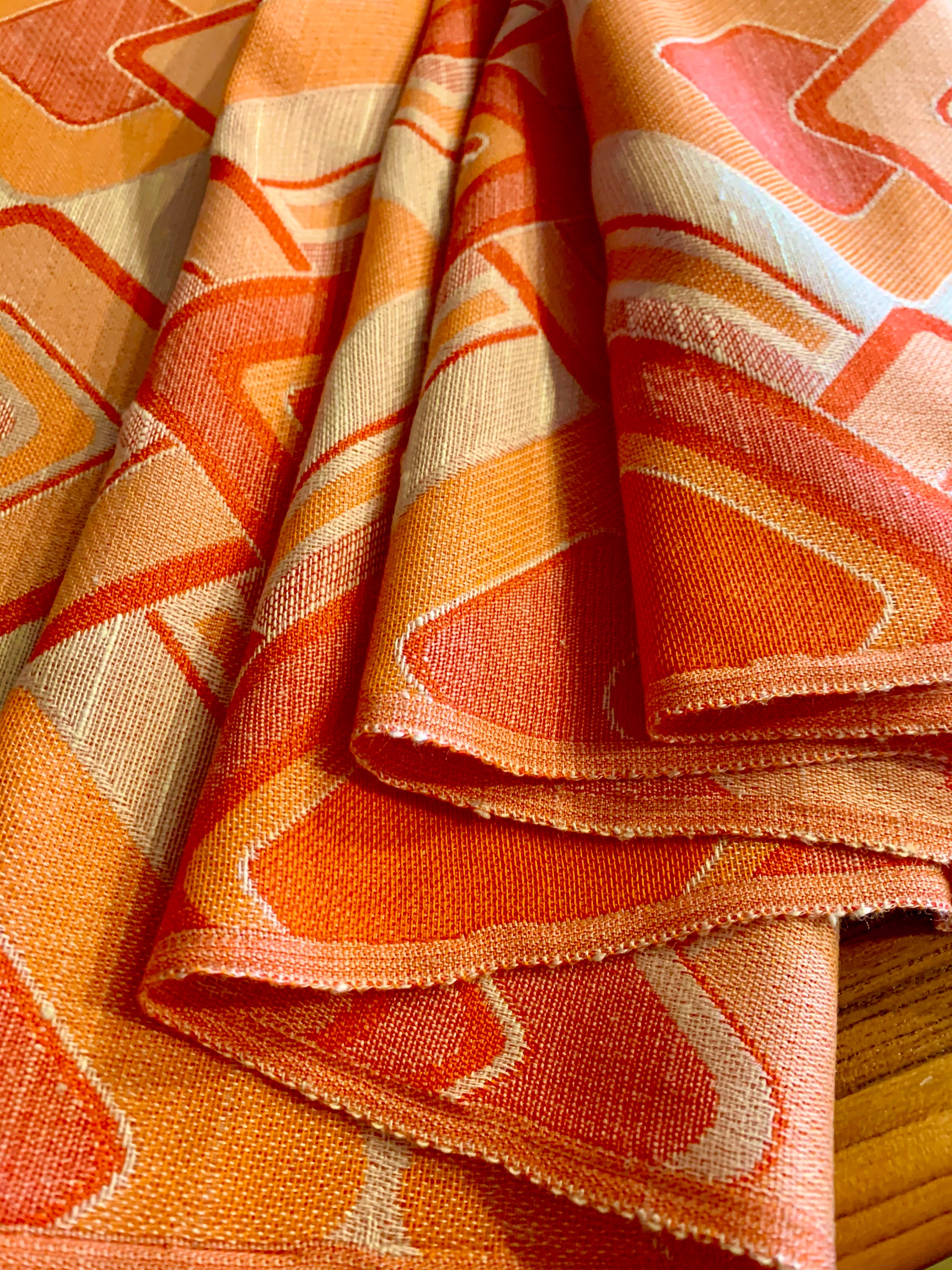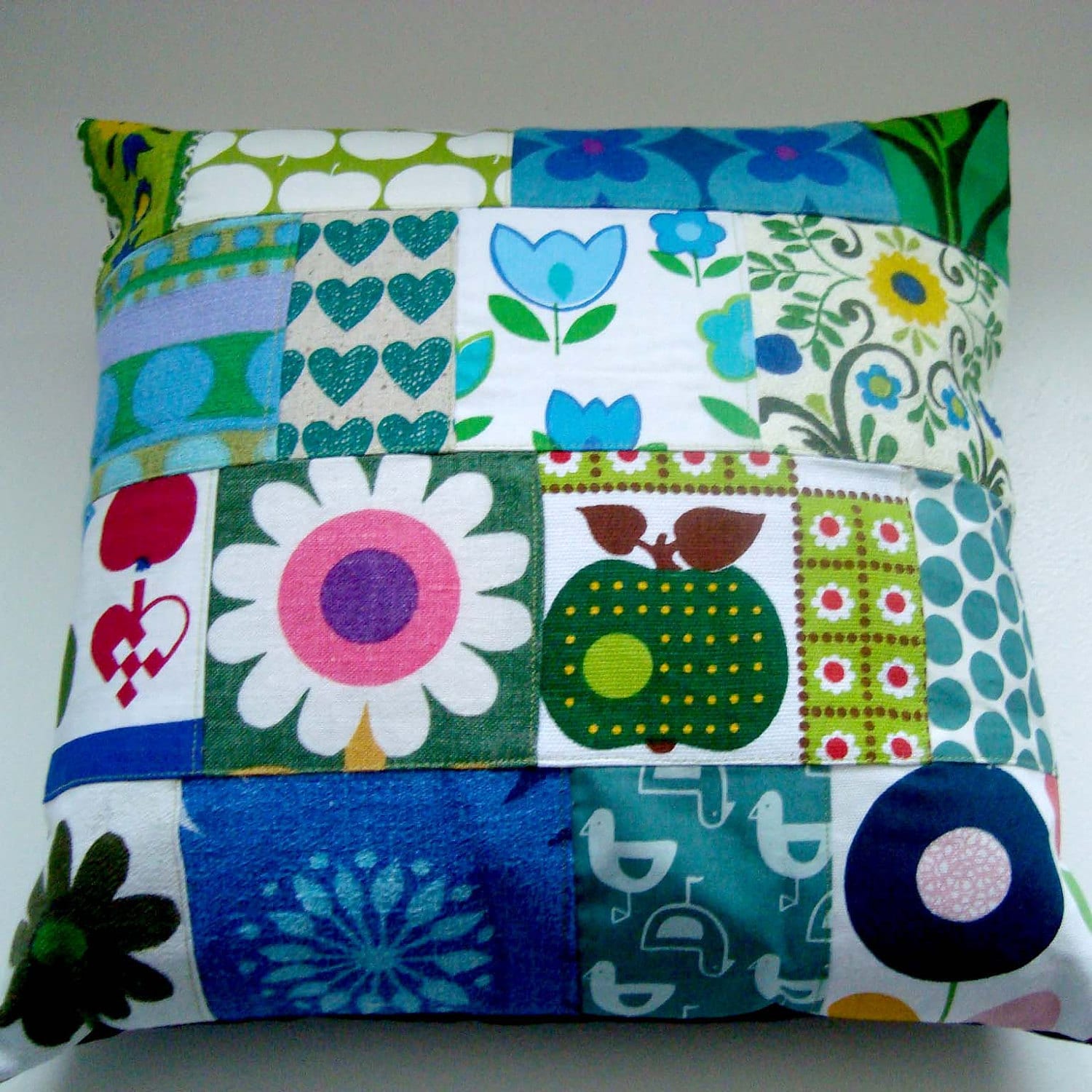
Scandinavian decor has gained significant popularity in recent years, with its minimalist and functional approach to design. One key aspect of Scandinavian decor that adds warmth and coziness to a space is the use of textiles and fabrics. From soft blankets to patterned curtains, textiles play a crucial role in creating a welcoming and comfortable atmosphere. In this article, we will explore the importance of textiles in Scandinavian decor and how they contribute to the overall aesthetic.
The Scandinavian Aesthetic

Before delving into the world of textiles, it is important to understand the Scandinavian aesthetic. Rooted in simplicity, functionality, and minimalism, Scandinavian design focuses on creating spaces that are both aesthetically pleasing and practical. Clean lines, neutral colors, and natural materials are key elements of this design style.
Creating Warmth and Coziness

Despite the minimalist approach, Scandinavian decor manages to create a warm and cozy atmosphere. This is achieved through the use of textiles and fabrics, which add softness, texture, and visual interest to the space. By incorporating textiles strategically, Scandinavian design embraces the concept of "hygge," a Danish word that encompasses coziness, contentment, and well-being.
From the moment you step into a Scandinavian-inspired room, you are greeted by the inviting textures and softness of various textiles. Whether it's a plush rug underfoot, a chunky knit throw draped over a sofa, or curtains made of natural fibers, textiles play a vital role in creating a sense of warmth and comfort.
Types of Textiles

There are several types of textiles commonly used in Scandinavian decor. Let's explore some of the most popular ones:
- Wool: Wool is a staple in Scandinavian decor. It is known for its insulating properties and ability to regulate temperature, making it perfect for creating a cozy atmosphere. Wool blankets, rugs, and cushions are frequently used to add warmth and texture to a space.
- Linen: Linen is another popular textile in Scandinavian design. It is lightweight, breathable, and has a natural, slightly wrinkled appearance that adds a relaxed and organic feel to a room. Linen curtains, bedding, and tablecloths are common in Scandinavian homes.
- Cotton: Cotton is versatile and widely used in Scandinavian decor. It is soft, durable, and easy to care for. Cotton textiles, such as curtains, bedding, and upholstery, contribute to the overall comfort and visual appeal of a space.
- Fur and Sheepskin: Fur and sheepskin are often used in Scandinavian decor to add a touch of luxury and coziness. Faux fur throws or sheepskin rugs can instantly transform a room into a warm and inviting sanctuary.
- Knitted Textiles: Knitted textiles, such as chunky knit blankets and cushions, bring a tactile element to Scandinavian decor. The texture and warmth of knitted fabrics create a sense of comfort and relaxation.
Patterns and Colors

While Scandinavian design is known for its neutral color palette, textiles often provide an opportunity to introduce patterns and colors into a space. These elements add visual interest and personality to a room.
Geometric patterns, stripes, and simple floral motifs are commonly found in Scandinavian textiles. These patterns are usually understated and complement the overall minimalist aesthetic. They can be seen on curtains, cushions, and blankets, adding a touch of playfulness without overwhelming the space.
When it comes to colors, Scandinavian textiles often feature muted tones such as soft grays, blues, and earthy neutrals. These colors create a sense of calm and serenity while maintaining a cohesive and harmonious look.
Incorporating Textiles in Scandinavian Decor

Now that we have explored the various types of textiles and their role in Scandinavian decor, let's discuss how to incorporate them effectively in your own space:
- Layering: Layering different textiles creates depth and visual interest. For example, you can drape a wool blanket over a linen sofa and place a sheepskin rug on the floor. This combination of textures adds warmth and coziness to the room.
- Mixing Textures: Experiment with different textures to create a tactile experience. Pair a smooth cotton curtain with a chunky knit cushion or mix a linen tablecloth with a wool rug. The contrast in textures adds dimension and richness to the decor.
- Play with Patterns: Introduce subtle patterns through textiles to break the monotony of a neutral space. A striped curtain or a geometric patterned blanket can inject a sense of personality and visual interest.
- Accessorize: Use textiles as accessories to enhance the overall decor. Place decorative cushions on a sofa, hang patterned curtains, or display woven baskets for additional warmth and charm.
The Impact of Textiles in Scandinavian Decor

Textiles play a significant role in creating a cozy and inviting atmosphere in Scandinavian decor. By incorporating various types of textiles, such as wool, linen, and cotton, along with patterns and colors, a space can be transformed into a warm and comfortable sanctuary.
Not only do textiles add visual interest and texture, but they also contribute to the concept of "hygge," which is central to Scandinavian design. The softness, warmth, and tactile nature of textiles evoke a feeling of contentment and well-being, making a space more inviting and livable.
Summary

Scandinavian decor is characterized by its minimalist and functional approach. Textiles and fabrics play a crucial role in creating warmth and coziness in this design style. Wool, linen, cotton, fur, and knitted textiles are commonly used to add softness, texture, and visual interest to a space. Patterns and colors in textiles provide an opportunity to introduce personality and playfulness into Scandinavian decor. By layering different textiles, mixing textures, and accessorizing strategically, a space can be transformed into a warm and inviting sanctuary.
Ultimately, the use of textiles in Scandinavian decor enhances the overall aesthetic and contributes to a sense of well-being. So, embrace the world of textiles and craft a cozy and inviting space inspired by Scandinavian design.